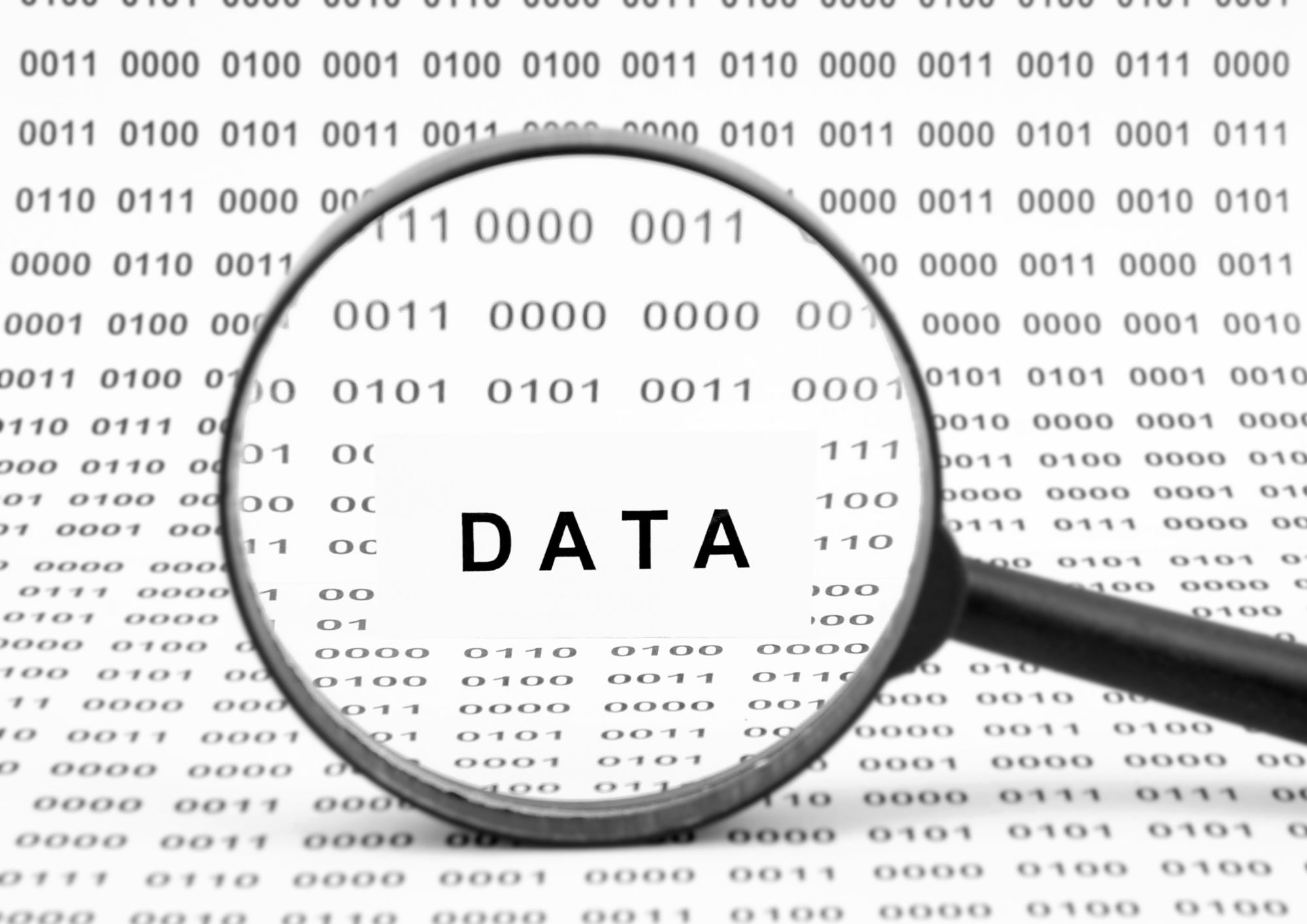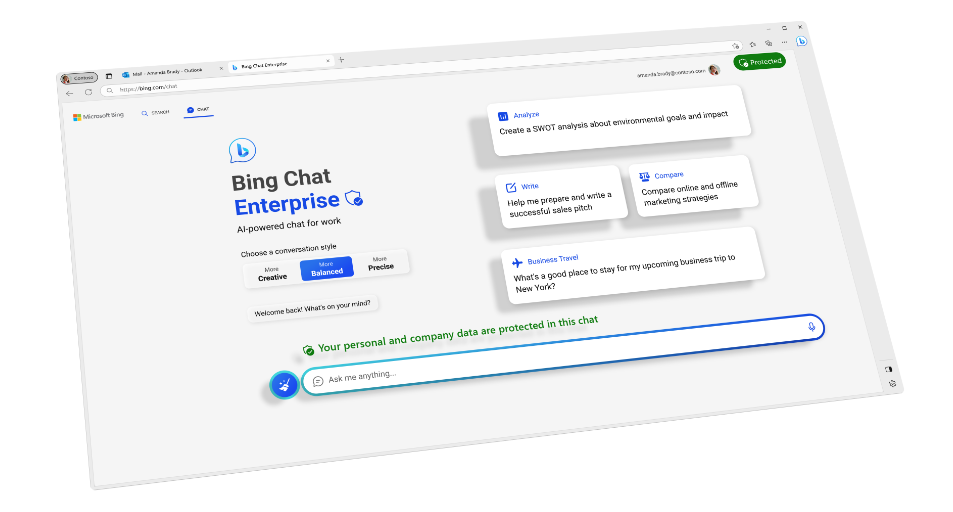Data is the new gold, and Named Entity Recognition (NER) is the trusty pickaxe that lets you mine those precious nuggets of information.
In this article, we’ll dive deep into the fascinating world of NER, explore how it’s revolutionizing Data Extraction, and see how NLP techniques can be employed to uncover valuable insights across various industries.
So, buckle up and get ready for a thrilling ride! 🚀
What is Named Entity Recognition?
Named Entity Recognition (NER) is a subfield of Natural Language Processing (NLP) that involves identifying and classifying specific entities within a text, such as names of people, organizations, locations, dates, and more.
NER has gained significant importance in recent years due to its ability to parse large volumes of unstructured data, enabling businesses to extract valuable information and make data-driven decisions.
The Nuts and Bolts of NER
NER algorithms work by training machine learning models to recognize patterns within a text.
For instance, by identifying the capitalization of words, surrounding context, and grammatical structures, these models can distinguish between a person’s name and a common noun.
As a result, NER models can automatically identify entities in a text, like the sentence below:
“Elon Musk’s SpaceX aims to land on Mars by 2026.”
Here, the NER model would recognize “Elon Musk” as a person, “SpaceX” as an organization, and “Mars” as a location.
The Impact of Named Entity Recognition in Data Extraction
Named Entity Recognition has played a pivotal role in Data Extraction, allowing businesses to derive actionable insights from vast amounts of unstructured data. Let’s see how NER has revolutionized various industries.
Finance
NER can help financial institutions automatically extract information from documents like earnings reports, news articles, and market analyses.
By doing so, these institutions can identify potential investment opportunities, monitor market trends, and assess risks more efficiently.
Example: A financial analyst could use NER to extract company names, stock symbols, and financial figures from news articles to make informed investment decisions.
Healthcare
NER can facilitate the extraction of medical terms, patient data, and treatment information from electronic health records (EHRs) and medical research.
This can help improve patient care, facilitate research, and streamline administrative processes.
Example: A medical researcher could use NER to identify mentions of specific diseases, symptoms, and treatments in clinical trial reports, aiding in the development of new drugs and therapies.
Social Media Analysis
NER can enable businesses to monitor brand mentions, customer sentiment, and product reviews on social media platforms. This helps businesses to identify trends, understand customer needs, and improve their products and services.
Example: A marketing team could use NER to analyze tweets, identifying mentions of their brand, competitors, and relevant industry terms to stay ahead of the curve.
FAQs
How can NER be implemented?
NER can be implemented using popular NLP libraries like spaCy, NLTK, and Stanford NLP. These libraries provide pre-trained models and easy-to-use APIs for various languages.
Can NER recognize custom entities?
Absolutely! NER models can be trained to recognize custom entities based on specific use cases or industries. This typically involves creating a training dataset with labeled examples of your custom entities and fine-tuning the model accordingly.
How accurate are NER models?
The accuracy of NER models depends on factors like the quality of the training data, the complexity of the language, and the choice of algorithm.
State-of-the-art NER models can achieve high levels of accuracy, but it’s essential to validate and fine-tune them based on your specific use case.
Can NER handle multiple languages?
Yes, NER models can be trained to work with multiple languages. Many NLP libraries offer pre-trained models for various languages, which can be fine-tuned or combined to create a multilingual NER system.
Conclusion
Named Entity Recognition has undoubtedly become an indispensable tool in Data Extraction, opening new doors for businesses to harness the power of unstructured data.
By leveraging NLP techniques, organizations can extract valuable insights and make data-driven decisions that propel them towards success.
So, whether you’re an ambitious entrepreneur, an intrepid data scientist, or just a curious cat, now’s the time to embrace the power of NER and unlock a world of possibilities. 🌟
Thank you for reading our blog, we hope you found the information provided helpful and informative. We invite you to follow and share this blog with your colleagues and friends if you found it useful.
Share your thoughts and ideas in the comments below. To get in touch with us, please send an email to dataspaceconsulting@gmail.com or contactus@dataspacein.com.
You can also visit our website – DataspaceAI


